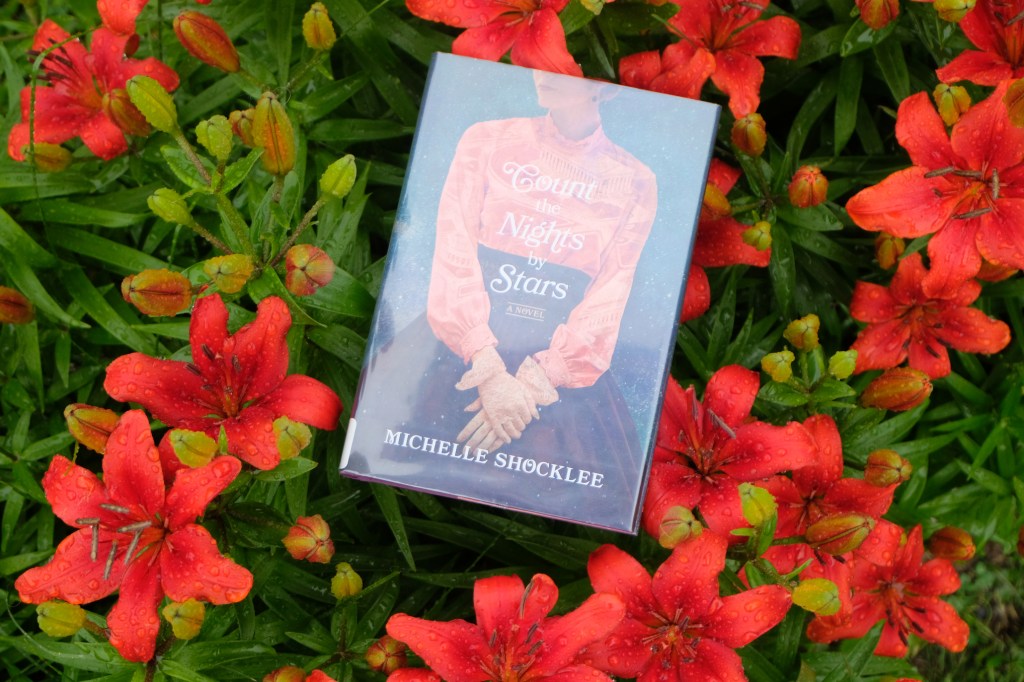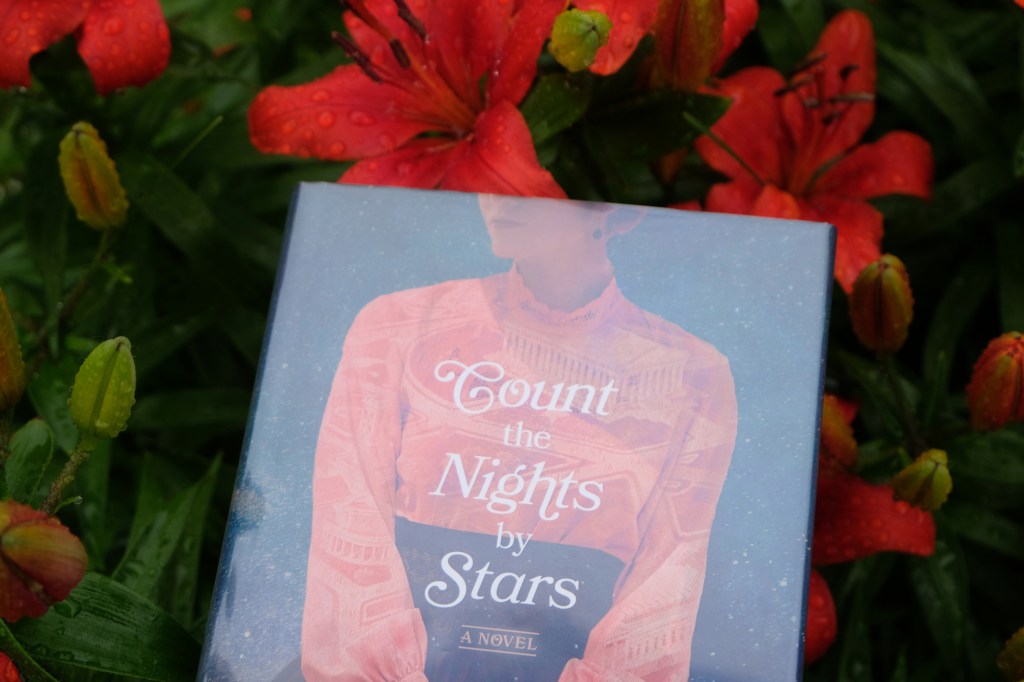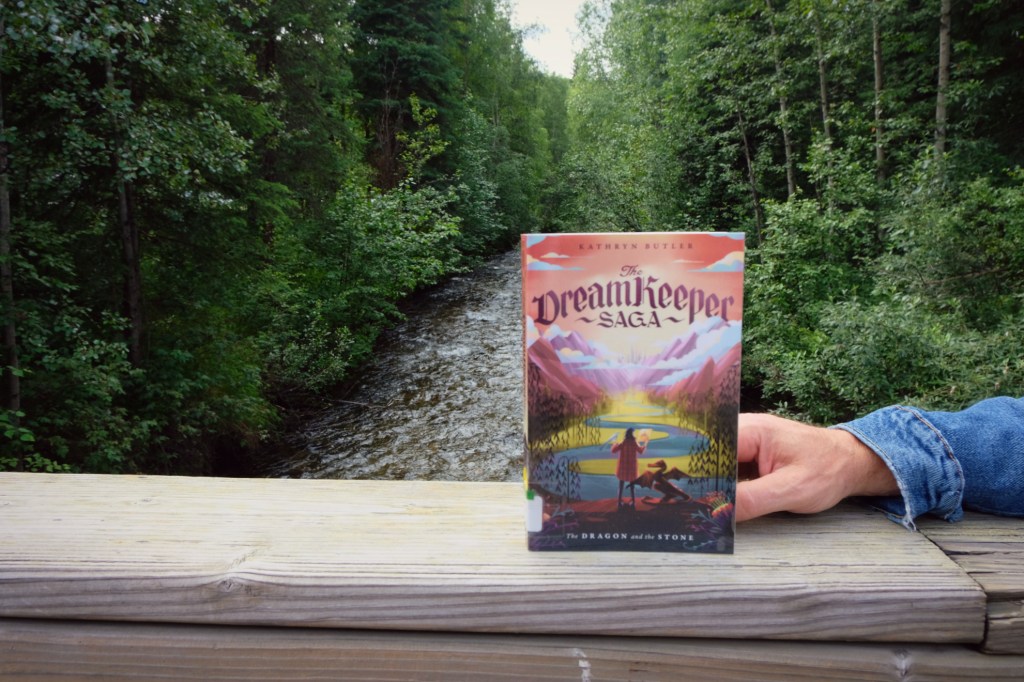
A few months back, I sent in an article to the magazine MaryJanesFarm, a publication I enjoy. They have a section specially reserved for reader’s submissions, and their next volume was going to be library themed– so I emailed in a little piece I wrote. MaryJane’s design director very graciously said she enjoyed reading it and that they would consider it for an upcoming issue! Sadly, it’s up in the air whether she was just being kind or might have actually used it at some point… it appears the magazine is having some complications with their publisher and may not continue in print past the end of the year. I thought I would share my ramblings here, lightly edited, with my readers and friends. Thank you for visiting my blog, and I hope God blesses your Thanksgiving and Christmas seasons!
~Rebekah
I suppose you could call me a bookworm; I’ve certainly brushed shoulders with more novels than the average person (if books had shoulders, that is.) I work at a little library in a town small enough to fit in your pocket. It’s in Alaska, which is more ordinary than you might imagine; I’ve never seen a brown bear or an igloo out the picture windows, though I’ve certainly spotted a moose or two. Mostly it’s just like any other small town: two grocery stores and a McDonalds, a community garden and a lot of nice people.
The doors open at 11 a.m., and I gladly point folks in the direction of the cookbooks or suggest a cozy mystery. I ooh and ahh over the boxes of books that come in fresh from the presses and ready for displays—mostly the children’s books, all shiny covers and charming illustrations. The more years I clock into my little corner of the world, the more I come to realize how many books I haven’t read yet and how many lovely things there are still to discover.
Sometimes though, I feel like a pretender, secretly interested in so much besides (or even more) than the tomes I put on the shelf. I can see you gasping even now! Aren’t librarians (or library assistants, in my case) supposed to blissfully spend every free moment in a cardigan–happily absorbing stacks of novels with a cat on each leg? Well, I do love cats, and embrace my sweater-filled wardrobe wholeheartedly. I enjoy books, for that matter…but there is more than one kind of book in this world, and the ones I am most fascinated with aren’t always on the shelf.
You can learn so much by studying nature, for example. Taking a few moments away from a page and watching the sky, or patiently coaxing chickadees to take seeds from your hands. Your heart can learn words of joy that God wrote into His creation and painted into the woods.
And then there are people. All wrapped up in their own kind of covers, hinting at the sort of stories they could tell. They come into the library every day, and for a few minutes the chapters of our lives intersect. I see their children growing up, or hear about their current hobby, or find their artwork scribbled onto the catalog note papers, and they have no idea that I tuck many of those remembrances away—each adding a line to a sort of living, freestyle poem in my heart.
Little brown-haired girl who always wears a princess crown/ elderly man pushing his wheelchair-bound wife/ teenage boy playing chess.
Do you know I see you?
Mama with your ducklings all in a row/ spindly fellow with the crutches / someone looking for a job.
Do you know someone else does too?
Toothy ten year old with the shiny new library card and the sunny smile?
Bright eyes that love to look at the stars/ hands that wrote and asked for help/ plain face with the lovely soul...
Do you know He wrote a book for you? You are a treasured phrase in the story that He wrote?
Oh, can I show you the way to the Good Book? The Best Book?























